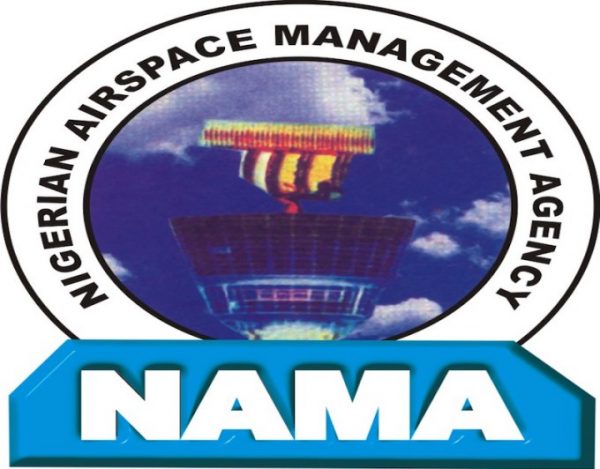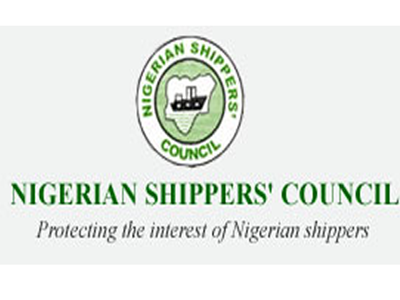NAMA To Reduce Pilots, Controllers’ Hitches
The Nigeria Airspace Management Agency (NAMA) has said the sectorisation of the Lagos Sub-Flight Information Region (Sub-FIR) into two will reduce radio airspace communication challenges faced by pilots and air traffic controllers over congestion.
Its Managing Director, Captain Fola Akinkuotu, said the agency had split the Sub-FIR airspace.
The split, he said, was achieved after a 16-year of work, adding that the sectors now have two radio frequencies, which put Lagos West Area Control Centre on 120.9 MHz while Lagos East Area Control Centre is on 120.3 MHz.
According to Akinkuotu, the split will reduce the challenges pilots and air traffic controllers go through in radio communication because of increasing traffic in the airspace.
The immediate benefits of sectorisation, according to the NAMA boss, include reduction in congestion on the available en-route control radio frequency, reduction of flight delays, reduction in fuel consumption, reduction in CO2 emission, as well as increasing air traffic management (ATM) capacity.
He said sectorising the Lagos Area Control Centre (ACC) would bring about optimum utilisation of the airspace by reducing controller-pilot workload, thereby increasing efficiency and quality of service delivery as well as providing functional air navigation services that will meet international standards at no cost to the users.
As part of the process, Akinkuotu revealed that two new procedural control flight progress boards with two controllers working positions for the East and West sectors have also been provided to ensure proper ergonomics at the Lagos Area Control Centre.
Describing it as part of efforts towards enhancing the quality of air traffic services in the country, Akinkuotu said the sectorisation took off exactly 00.01 UTC on July 18, 2019.
He said it was a culmination of a two-year strategic plan by the agency to achieve sectored operations in the Lagos sub-FIR, owing to the then congested single radio frequency enroute control operations.
He said the agency had put in place several measures to ensure its effective take-off.
He listed the measures to include: development of standard operating procedures (SOPs) and a test-run of the procedures at the Nigerian College of Aviation Technology (NCAT), Zaria; in-house training of needed manpower to boost capacity in the two sectors; enhancement of the required support facilities for ground-ground and air-ground communication.
He listed others to include: update of the radar maps and database of the radar system, test-run of the radar system and radio communication equipment, as well as the issuance of an Aeronautical Information Publication (AIP) supplement on May 9, 2019 to give airspace users 56 days notification as required by the International Civil Aviation Organisation (ICAO) and Part 14 of the Nigerian Civil Aviation Regulations.









